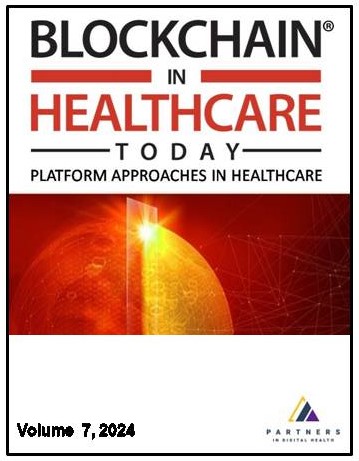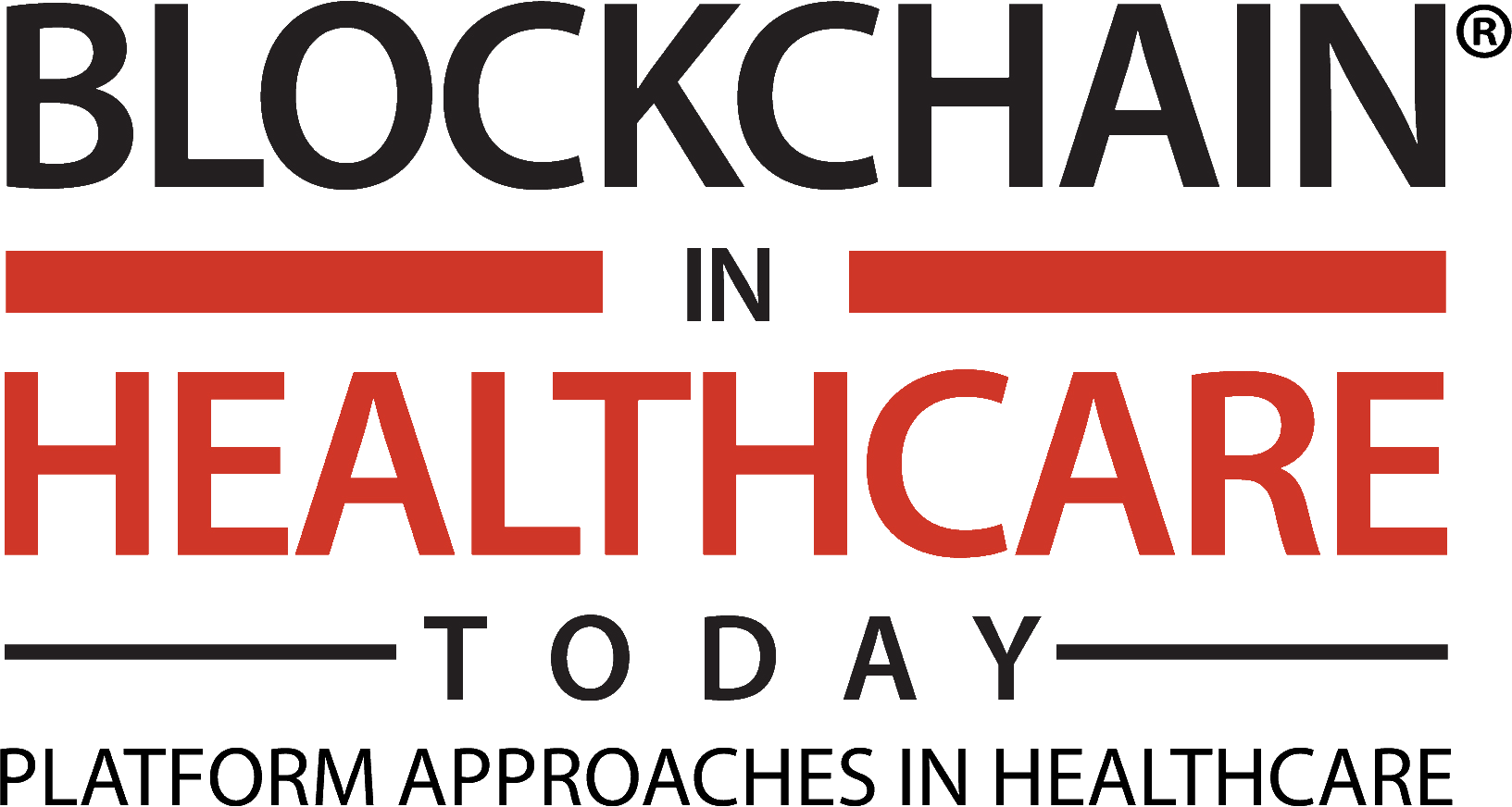
More articles from Volume 7, Issue 2, 2024
Soulbound Tokens: Enabler for Privacy-Aware and Decentralized Authentication Mechanism in Medical Data Storage
Creating a Health Data Marketplace for the Digital Health Era
Model Complexity Reduction for ZKML Healthcare Applications: Privacy Protection and Inference Optimization for ZKML Applications—A Reference Implementation With Synthetic ICHOM Dataset
My Holistic Data Share: A WEB3 Data Share Application: Extending Beyond Finance to Privacy-Protected Decentralized Share of Multi-Dimensional Data to Enhance Global Healthcare
Blockchain's Transformative Potential in Healthcare
Article views
The European Digital Identity Wallet: A Healthcare Perspective
EU Policy Expert (independent), Brussels, Brussels Metropolitan Area Belgium
Within the last five years, big strides have been made in Europe to write a future-proof rulebook on data and digital. In the shadow of headline-grabbing regulations such as the Digital Markets Act and the AI Act, the eIDAS regulation was revised to establish a European Digital Identity Wallet. Defiing a clear legal and technical framework will help create trust and credibility for the development and application of new use cases within healthcare, of which the patient will only stand to benefit.
Keywords
References
Citation
Copyright
This is an open access article distributed under the Creative Commons Attribution License which permits unrestricted use, distribution, and reproduction in any medium, provided the original work is properly cited.
Article metrics
The statements, opinions and data contained in the journal are solely those of the individual authors and contributors and not of the publisher and the editor(s). We stay neutral with regard to jurisdictional claims in published maps and institutional affiliations.

